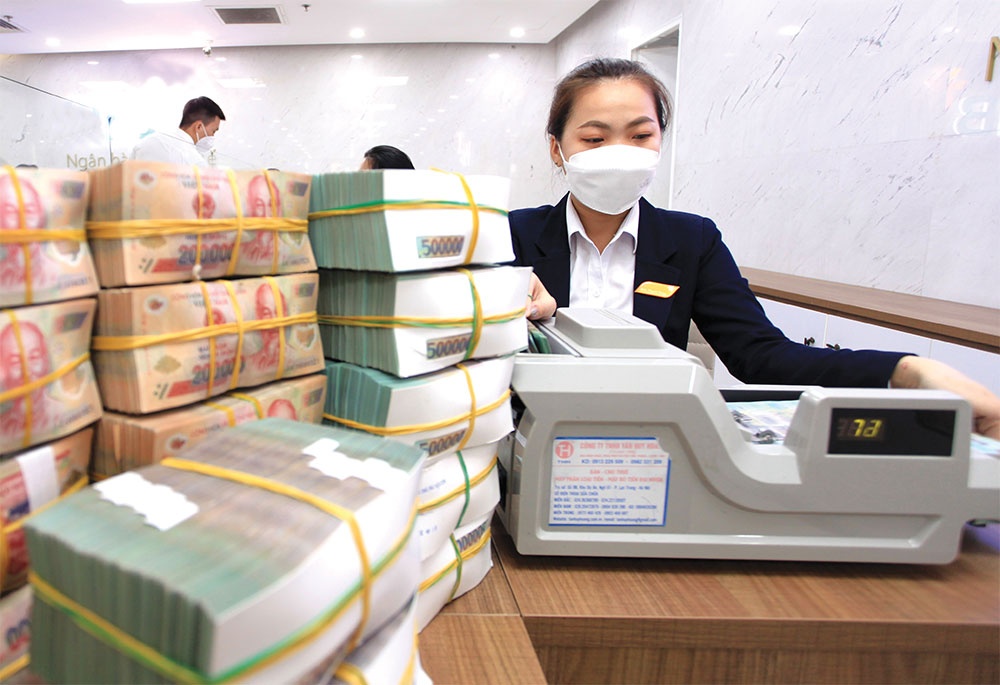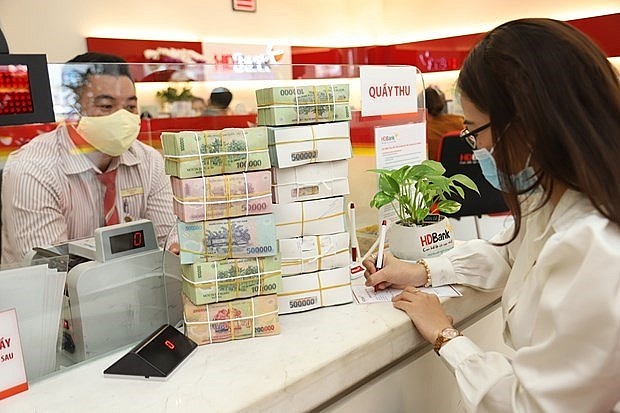Rising bad debt threat looms large
Rising bad debt threat looms large
Despite a bright business outlook, non-performing loans are causing significant concerns to banks amid a challenging environment in both the domestic and global market, according to industry experts.

In late 2022, non-performing loans (NPLs) at Hanoi-based private lender ABBank stood at $102.8 million, a 46 per cent jump from the start of the year.
Earlier, the bank set aside nearly $33.78 million to hedge against credit risks, so just counted $74 million in pre-tax profit last year, down 13 per cent on 2021, equal to just 55 per cent of the full-year profit target.
By the end of 2022, the NPL ratio at tech-driven TPBank rose 17 per cent compared to the outset of the year, representing $59 million in the bank’s total outstanding balances, with potentially irrecoverable debts accounting for the largest proportion.
TPBank has put off more than $80 million to provision against credit risks.
The fourth-quarter financial statement of Hanoi-based lender VPBank shows that by late 2022 the bank’s consolidated NPT ratio, including that of consumer finance division FE Credit, fetched 4.73 per cent, while that of the parent bank alone stood at just 2.19 per cent.
At leading state-owned lender Vietcombank, its NPL ratio hit 0.67 per cent valued at $333 million with loan loss reserve (LLR) ratio topping the banking system at 465 per cent.
The NPL ratio at other state lender BIDV was kept at 0.9 per cent out of the bank’s total outstanding balance, and LLR ratio reaching 245 per cent.
By the end of 2022, the NPL ratio at Techcombank stood at 0.9 per cent, higher compared to 2021 yet deemed as low compared to peers in the system, in which the loan loss coverage ratio reached 125 per cent.
Meanwhile, the NPL surplus at MBB jumped 54 per cent to $218.6 million, in which potentially irrecoverable debts amounted $99.7 million, a nearly three-fold increase on-year, pushing up the NPL ratio from 0.9 to 1.09 per cent.
Bad debts at banks have tended to rise due to the challenging environment caused by the pandemic, making it hard to collect debts. Experts believe that the hardships facing the economy will become even more apparent going forward, and on-balance sheet NPLs are expected to swell further.
Tran Thi Khanh Hien, head of Research at Hanoi-based VNDirect Securities, said that Q4 business results of listed banks last year kept surging compared to a similar period in the year before.
Banks’ credit expense hiked 1.7 per cent compared to 1.3 per cent rise in the previous quarter. Although credit growth slowed in Q4, banks still had to make provision for earlier disbursed loans. The credit costs, however, had decreased to pre-epidemic levels, Hien explained.
BIDV chief economist Can Van Luc said that bad debts are expected to continue surging in 2023 along with the State Bank of Vietnam tightening monetary policy. “In 2023, rising interest rates will increase the debt repayment obligations of borrowers, both individuals and businesses, while the economic recovery is slowing down, and lower growth leads to an increase in potential bad debts,” Luc said.
It is forecast that in 2023, the on-balance sheet NPLs will come at 2 per cent, and the gross bad debt will be around 4 per cent. Meanwhile, the gross bad debt level of the Vietnamese credit institution system fetches around 4.99 per cent, proving high compared to regional peers.
Hien from VNDirect Securities noted that banks’ profits sufficient to support the strengthening of provisioning was a bright spot in the general picture. Hien, however, said that the liquidity stress for businesses would persist in 2023, especially for small- and medium-sized enterprises.
“Vietnamese businesses are facing high interest expenses due to the appreciation of the greenback and spiking interest rates, and this will affect the debt repayment ability of enterprises. Difficulty in accessing capital and declining debt repayment capacity will adversely affect the bank’s asset quality in 2023,” Hien added.
According to Hien, the pressure to increase provisions will lead to surging provision costs in 2023-2024.


















